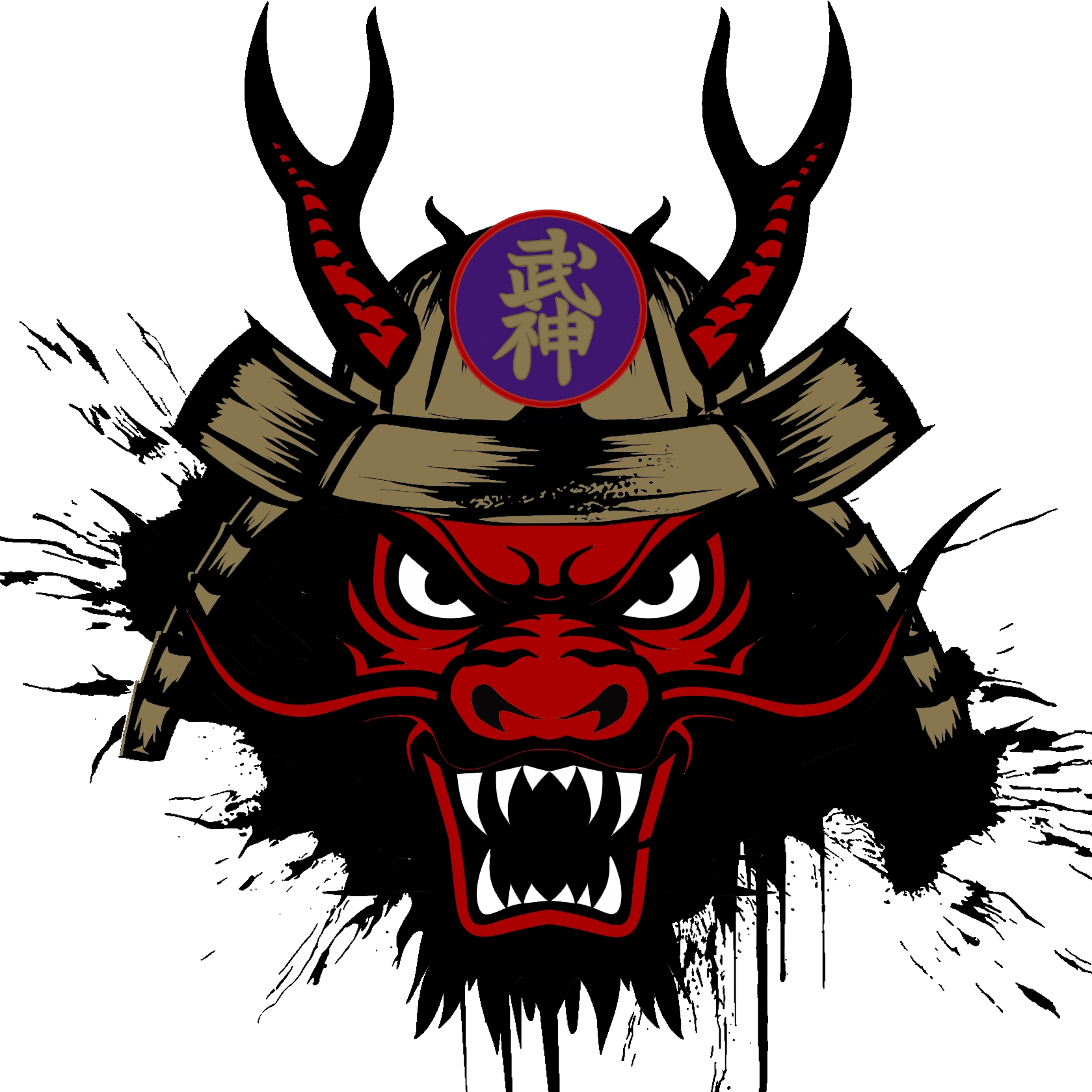Taijutsu uke-nagashi, the 45 degree step
I think most of you have heard about the 45° step when you do the basic jodan-uke for example, this does not mean that you end up in a 45° angle to the attack that I so often see. I think this is a misunderstanding, and I will explain here so that you have to be an idiot if you don’t understand ;-).
But first let’s make some reference points. To get the distance right we need to understand that the opponent will hit you in the head with his right fist. And that you want to end up at a safe distance where you can block the opponent’s right arm from the inside without being to close or too far away. So you need to move your whole body as one unit about one arms length. So measure how far that is. I will use the tatami mat as a reference point so that you can easily understand. I recommend that you also use the tatami mat as I do here so that you can do the step without looking. And then look down and check if you are on the correct spot, angles and length wise.
